September 14, 2017
Top five Gulf of St. Lawrence expedition highlights
Estimated reading time: 0 minutes
We’re back from the Gulf of St. Lawrence with tales from the sea! For more than a week, Oceana Canada, Fisheries and Oceans Canada and Alexandra Cousteau explored and documented never-before-seen habitats off the coasts of Nova Scotia and Quebec. We dived to the seafloor to depths of up to 400m using one of the most advanced technologies available for deep-sea oceanographic exploration, a remotely operated vehicle called ROPOS. This underwater ‘robot’ allowed us to observe and collect samples from incredible ocean habitats in a way never before possible. We deepened our understanding of complex marine ecosystems, while also allowing Canadians to explore with us in real time through a round-the-clock live feed. A team of scientists also observed animals at the ocean surface, documenting sightings of species such as endangered whales, seabirds and turtles.
Here are Oceana Canada’s top five experiences from the Gulf of St. Lawrence Expedition.
1. Redfish Comeback
Redfish are a commercially important species, but overfishing have caused their populations to decline. On this expedition we were really excited to see lots of juvenile redfish in seapen fields, which are a type of cold-water coral. This evidence is a good sign of the potential to recover this important species and the information collected will help us better protect the coral habitat that redfish depend on.
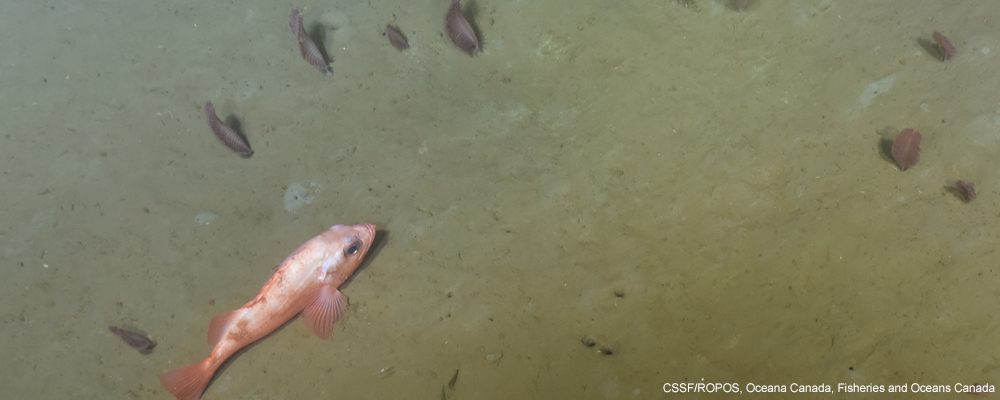
2. Capelin Food Chain
In the American Bank, we dived into a school of tens of thousands of capelin! Capelin are important forage fish, a staple in the diet of many species like seabirds, whales and other fish such as cod. We saw this in action live as cod feasted on the capelin and as we surfaced gannets dived from the sky to join the feeding frenzy.
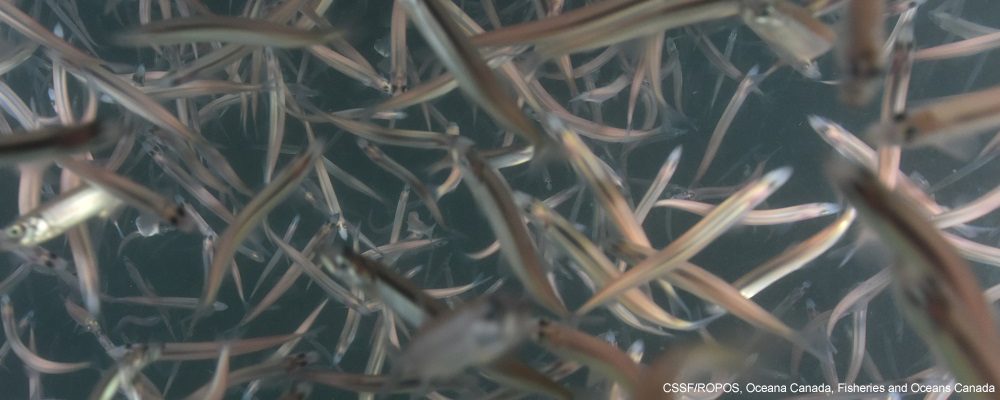
3. Crab Fishing
One of the most commercially important fisheries in the Gulf of St. Lawrence is snow crab. Coastal economies rely on fishing this species, but there is still a lot we don’t know about their behaviour in their natural habitat. We were able to observe and film lots of snow crabs, which were most abundant in areas where the seafloor was soft and muddy. The majority of our sightings of this species were in the Cape Breton Trough.
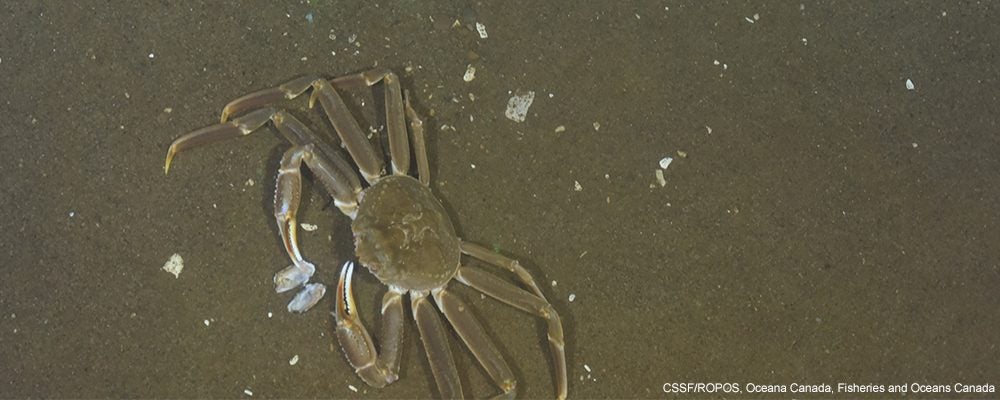
4. Rare Whale
North Atlantic right whales are one of the most endangered animals on earth. Their current population of about 500 is critically low, and this summer ship strikes, entanglements and unknown causes has tragically injured or killed several North Atlantic right whales in the Gulf of St. Lawrence. Our expedition documented sightings of this rare marine mammal, contributing information to a database used by researchers.
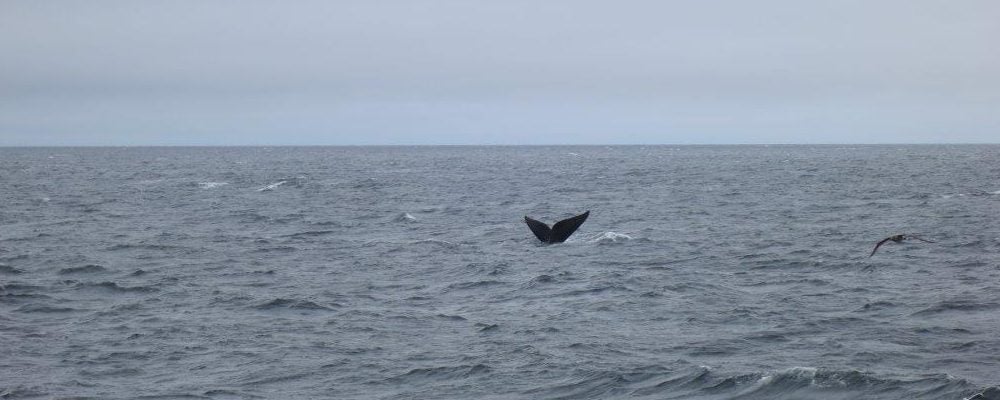
5. Colourful Walls
In both the American Bank and the Cape Breton Trough we saw amazing rocky areas that featured walls of colourful species. This diversity of life included corals, sponges and anemones which provide habitat for many other animals.
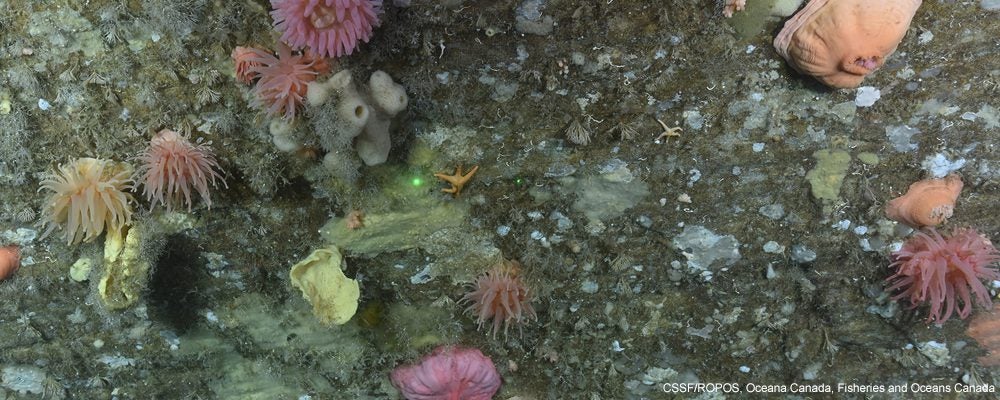
We are just getting started
Now that we’ve explored the seafloor of the Gulf of St. Lawrence in such great detail, we have hours of HD video and samples of species such as soft corals and sponges from the biodiverse rocky and soft sediment habitats. Next up for the team at Oceana Canada and Fisheries and Oceans Canada is to begin processing this wealth of information so that we can better understand and protect sensitive habitats of the Gulf of St. Lawrence.
Find out more about the expedition in these highlight videos featuring Alexandra Cousteau, and join us as a Wavemaker to get the latest updates about the expedition including the release of a documentary this November.

